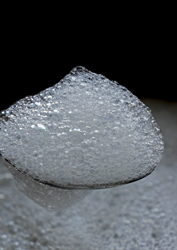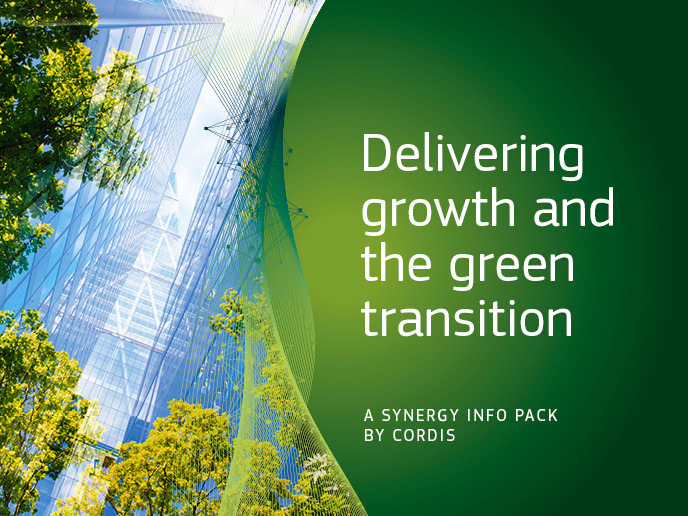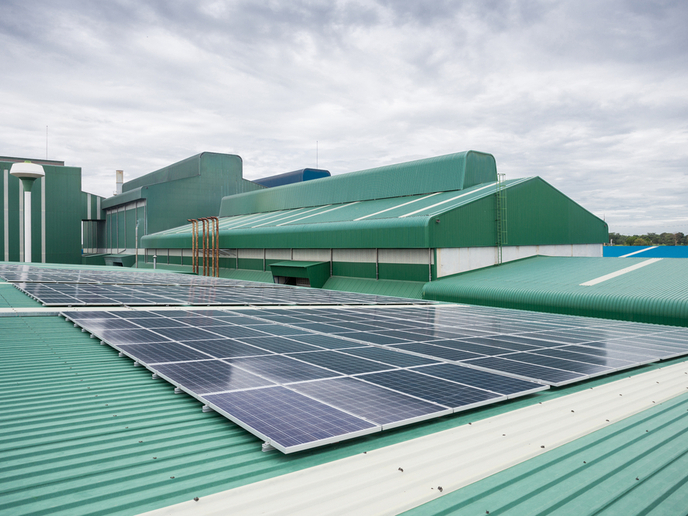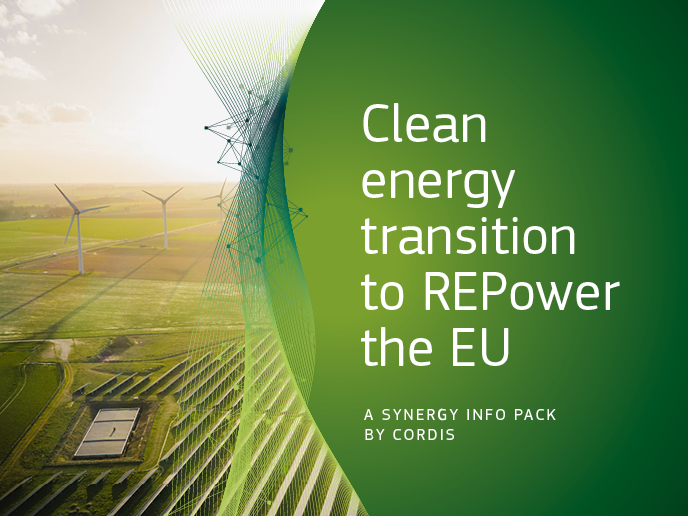A scientific basis for nanofoam development
Keeping living and working spaces at a comfortable temperature year-round requires a considerable amount of energy for heating and cooling, equivalent to 40 % of overall energy consumption in Europe. Development of nano-structured insulating foam with enhanced performance produced with the low global warming-potential agent supercritical carbon dioxide (CO2) was the goal of the EU-funded project 'New nano-technology based high performance insulation foam system for energy efficiency in buildings' (NANOFOAM)(opens in new window) . Scientists set very ambitious objectives of lower thermal conductivity, improved mechanical properties, better fire resistance and resistance to moisture and fungi. Within the first 21 months of the project, they exploited findings of modelling and laboratory experiments to determine the processes required. The team designed and built a semi-continuous foaming device capable of mixing molten polymer with high concentrations of supercritical CO2. In addition, they developed foaming die technologies, including one using a temperature-controlled die block, that were successfully tested.Three models of heat transfer in micro-scale and nano-scale foams were developed. The team also developed two methods to predict radiative conductivity of opacified foams that are promising due to their ability to decrease radiative heat transfer. The models were tested and validated against experimental data on micro-scale foams with and without opacifiers. Researchers targeted material porosity of 85 %, which was demonstrated in the nano-scale foams. Despite demonstration of nano-porous structures via batch foaming, difficulties were encountered in meeting targeted pore size of 100 nanometres with a continuous process.Nevertheless NANOFOAM has made an important contribution to the understanding and characterisation of materials and processes to produce nano-structured insulating foams that will form the basis for continued development. Models, experimental and measurement techniques together with the novel semi-continuous processing methodology will form the building blocks for future investigations. Thus, NANOFOAM outcomes are expected to enable major impact on building energy costs and the environment.







